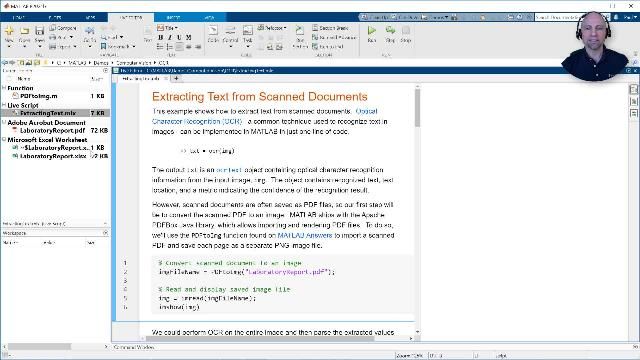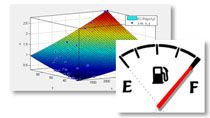How to Estimate Model Parameters from Test Data with Simulink
From the series: “How To” Video Series for Biomedical and Pharmaceutical Applications
Learn how to improve your Simulink® model accuracy by automatically estimating model parameters from test data in just a few clicks.
Published: 22 Sep 2021






